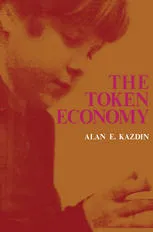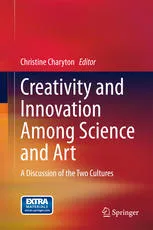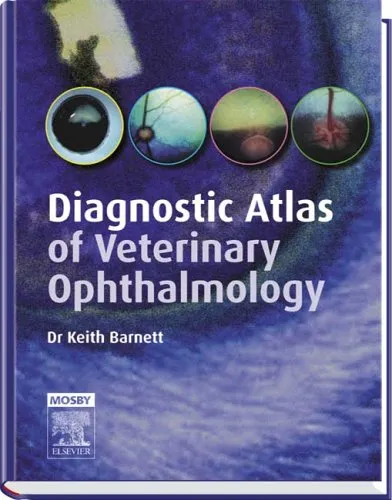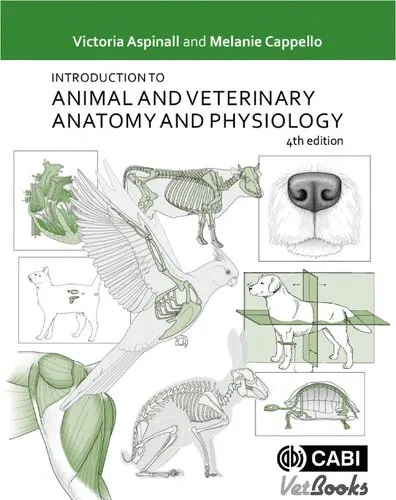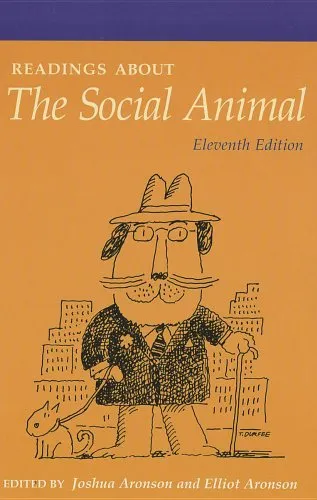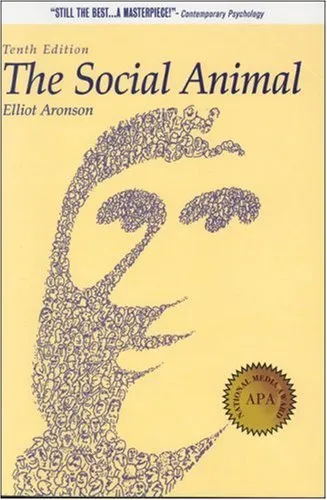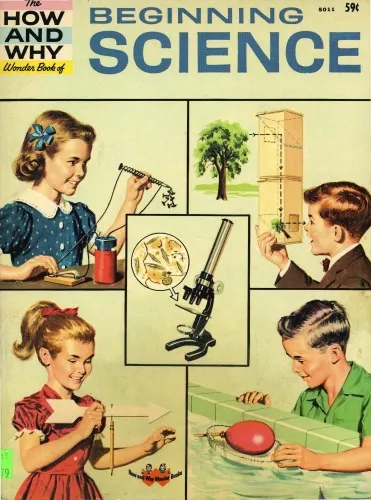Pavlov's Dogs and Schrödinger's Cat: Scenes from the Living Laboratory
4.8
Reviews from our users

You Can Ask your questions from this book's AI after Login
Each download or ask from book AI costs 2 points. To earn more free points, please visit the Points Guide Page and complete some valuable actions.Related Refrences:
Introduction to 'Pavlov's Dogs and Schrödinger's Cat: Scenes from the Living Laboratory'
Science has shaped our understanding of the world, offering us answers to humanity’s most profound questions. Yet behind the major breakthroughs in psychology, physics, biology, and other fields lie fascinating experiments that unfolded in lively laboratories and unconventional settings. 'Pavlov's Dogs and Schrödinger's Cat: Scenes from the Living Laboratory' takes readers on an intellectual journey into the legendary experiments and their profound implications for human knowledge. As we explore these iconic moments in science—from Pavlov’s classical conditioning to Schrödinger’s thought experiment—we uncover the intricate interplay between creativity, observation, hypothesis, and ethical dilemmas in research.
This book is not merely a collection of historical anecdotes. Instead, it aims to illuminate the mechanisms of discovery and the trade-offs accompanying some of the most groundbreaking, thought-provoking, and controversial scientific methods. Whether you're a science enthusiast or an inquisitive newcomer, this book promises to make you think, laugh, and perhaps even question science's boundaries.
Detailed Summary of the Book
'Pavlov's Dogs and Schrödinger's Cat' delves deep into the most intriguing and, at times, startling experiments of the scientific world. Each chapter focuses on an iconic study or figure, detailing not just the results but also the context, creativity, and conflicts inherent in its execution. For example, the book recounts Ivan Pavlov’s famous behavioral experiments with dogs, revealing how patterns of stimulus and response laid the groundwork for modern psychology. It also examines quantum physicist Erwin Schrödinger’s "cat" thought experiment, which playfully and profoundly captured the complexities of quantum mechanics.
Other chapters in the book transport readers to laboratories where groundbreaking experiments altered scientific trajectories. From the ethical complexities of Stanley Milgram's obedience studies to the accidental discoveries that reshaped our understanding of biology (such as penicillin), the stories provide a vivid view of science as a continuous blend of ingenuity, luck, and moral consideration.
What makes this book stand out is the way it contextualizes science. Instead of discussing abstract theories, it focuses on characters, settings, challenges faced by the scientists, and the consequences of their discoveries. It invites readers to reflect on how ingenuity and curiosity drive progress while asking important ethical questions about the means and implications of experimentation.
Key Takeaways
- Scientific progress depends as much on creativity and risk-taking as it does on rigorous methodology.
- Ethical questions are ever-present in scientific research and must be carefully balanced against the pursuit of knowledge.
- Many of the most celebrated experiments were not planned successes—they were the result of serendipity and uncontrolled conditions.
- The human element in experiments, from the scientists’ ambitions to the societal impact of their discoveries, profoundly shapes science’s development.
- Thought experiments like Schrödinger’s Cat show the power of imagination in challenging dominant paradigms.
Famous Quotes from the Book
"Science is not a path carved out in advance—it is a wilderness requiring bold explorers and caution in equal measure."
"Behind every result lies a human story: the flashes of insight, the sleepless nights, the tensions, and the triumphs."
"To experiment is to embrace uncertainty—it is a radical act of seeking the unknown."
Why This Book Matters
The significance of 'Pavlov's Dogs and Schrödinger's Cat' lies in its ability to make science accessible, relatable, and thought-provoking. By covering a mixture of actual and conceptual experiments, it bridges the gap between the hard facts of science and its philosophical and ethical implications.
This book is especially important in today’s context, where mistrust or misunderstanding of science often dominates public debate. By adding depth and humanity to science’s narrative, readers can better appreciate the complexities involved in questioning the world systematically.
Finally, this book highlights an enduring truth: Science is a deeply human endeavor, filled with errors, emotions, and ethical quandaries. It is not a sterile pursuit of knowledge but a vibrant process that continually shapes who we are and how we relate to reality.
Free Direct Download
You Can Download this book after Login
Accessing books through legal platforms and public libraries not only supports the rights of authors and publishers but also contributes to the sustainability of reading culture. Before downloading, please take a moment to consider these options.
Find this book on other platforms:
WorldCat helps you find books in libraries worldwide.
See ratings, reviews, and discussions on Goodreads.
Find and buy rare or used books on AbeBooks.


